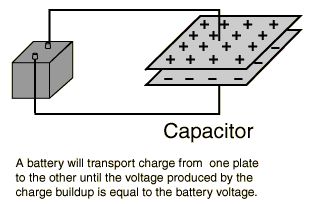
Servos are very useful devices for a number of projects, such as robotics, automation or just remotely controlling something, eg model car steering. They are relatively cheap and easy to get hold of, but controlling them is a little tricky as they requrie precise timing to command the output to move to a desired location.
Most servos have a 50Hz refresh rate (20ms) at which point a pulse of between 1 and 2ms is used to command the output to move between -45degrees and +45degrees.
A 555 timer can be used to command the output with a simple circuit and adjusted using a potentiometer.
Circuit diagram:
Click to Enlarge
The circuit is pretty self explanatory. We use a 555 timer IC to generate a pulse every 20ms with a duty cycle of between 5 and 10% (1-2ms). All the parts used are common components. You can drive multiple servos with the same signal using this circuit to all have the same output or build multiple driver circuits to command many servos to different outputs.
Servos operate with a voltage between 5 and 6V, do not exceed this or you will damage them. Whereas the 555 timer will operate up to 15V.
Also note that servos require alot of current when commanding them and also to hold a position under load, this can be up to a few amps! So make note of this when designing your power supply.













































